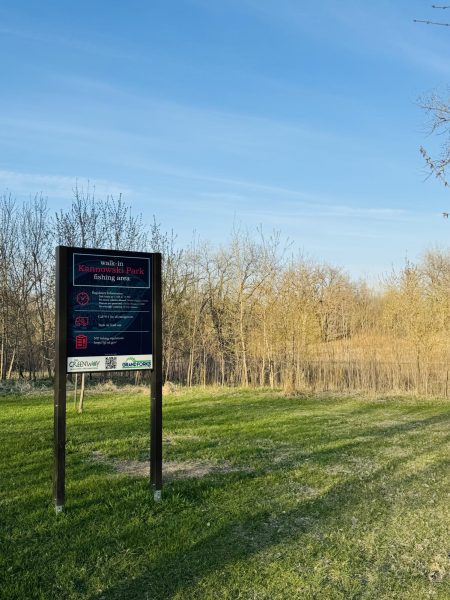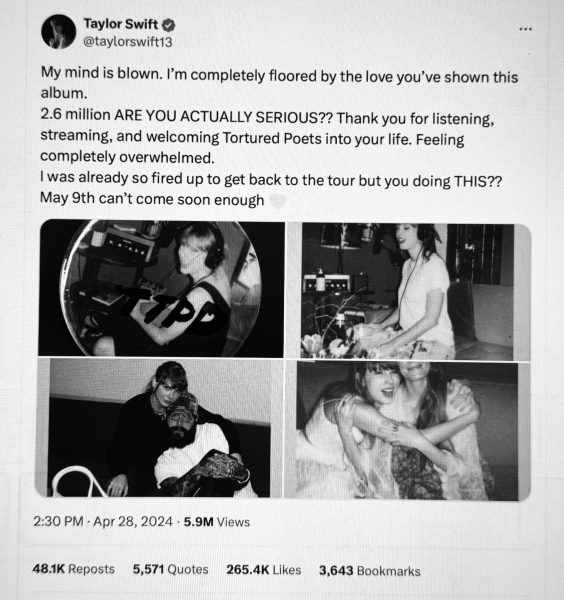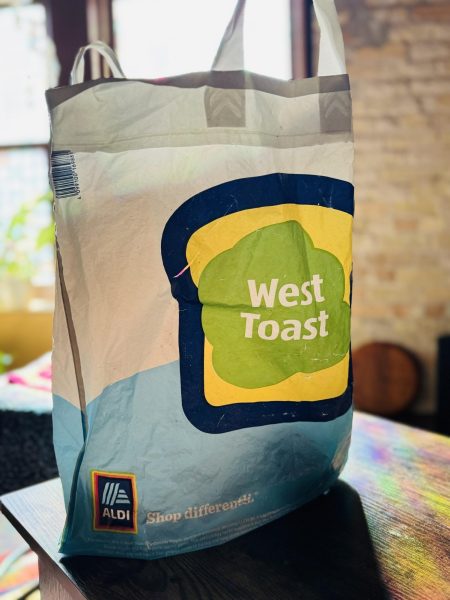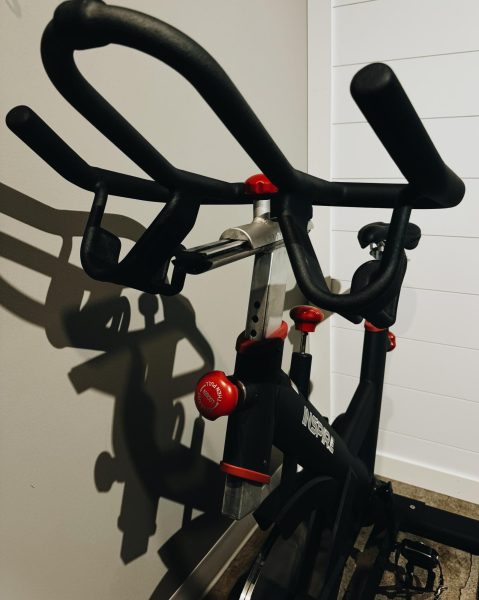American Democracy is broken
If you go out to cast your vote today for either the incumbent Kevin Cramer or the challenger, George Sinner to join the U.S. House of Representatives, your vote, more likely than not, will not matter. This is because of the flaws with the “first past the post,” model of elections that is used in the American democratic system. This system marginalizes third parties, promotes conformity and political gridlock and disparages voters’ opinions.
In the “first past the post” system of elections, individuals vote for a single candidate out of a group, and the first candidate to receive a simple majority of the votes is declared the winner. From a very simplistic view, this system seems to serve the purpose of reflecting the opinions of the majority of people in their government. However, what this system does is take the views of the majority, and marginalizes all others.
For example, consider a region where the people are 56 percent Republicans, 42 percent Democrats, and 2 percent Green Party. Under the “first past the post” system, this region would elect one representative in each individual election. This means that 100 percent of the regions’ representation is Republican, though only 56 percent of its people are. This essentially tells the other 44 percent of voters that their votes didn’t matter, as their candidate didn’t win. Not only that, but 5 percent of the votes for the Republican candidate didn’t matter, as he already had a simple majority.
The “first past the post” system does a terrible job of reflecting the opinions of the people in their government, which would be excusable if there weren’t better ways to elect a more representative government.
One such way is the single transferable vote. The single transferable vote is a voting system that allows voters to rank candidates, so that their initial vote is given to their most preferable candidate, and if that candidate were to be the biggest loser or has more than they need to win, then those votes get transferred to the second-most preferable candidate.
This system encourages political parties to run multiple candidates with different views on different issues, where as in “first past the post” parties only run one candidate out of fear of splitting the vote.
The single transferable vote also calls for the election of multiple representatives in a single election. This allows for multiple winners, and a greater reflection of the opinions of the people. The system uses an algorithm to figure out the percentage of the vote that a candidate needs to receive to win. Once the votes have been tallied, if a candidate has more votes than needed to win, they are declared one of the winners, and the extra votes are granted to the candidates that were ranked second on a voter’s ballot. After that, the biggest losers are eliminated, and their votes are transferred, until there are enough winners to fill the number of representatives needed.
Under the single transferable vote the representation in the earlier example would be 50 percent republican and 50 percent democrat, a much more representative outcome than that of the “First past the post” system.
The current systems under which we elect our representatives in America are broken. These systems marginalize voters, and create a political landscape that doesn’t even closely resemble the diversity of opinions inside of the American populace. There are better systems in place that would fix these problems, and yet we refuse to take the steps that would be necessary to put them in place. So remember when you go to cast your vote today, that it probably won’t matter.
Alex Bertsch is the opinion editor for The Dakota Student. He can be reached at [email protected].











